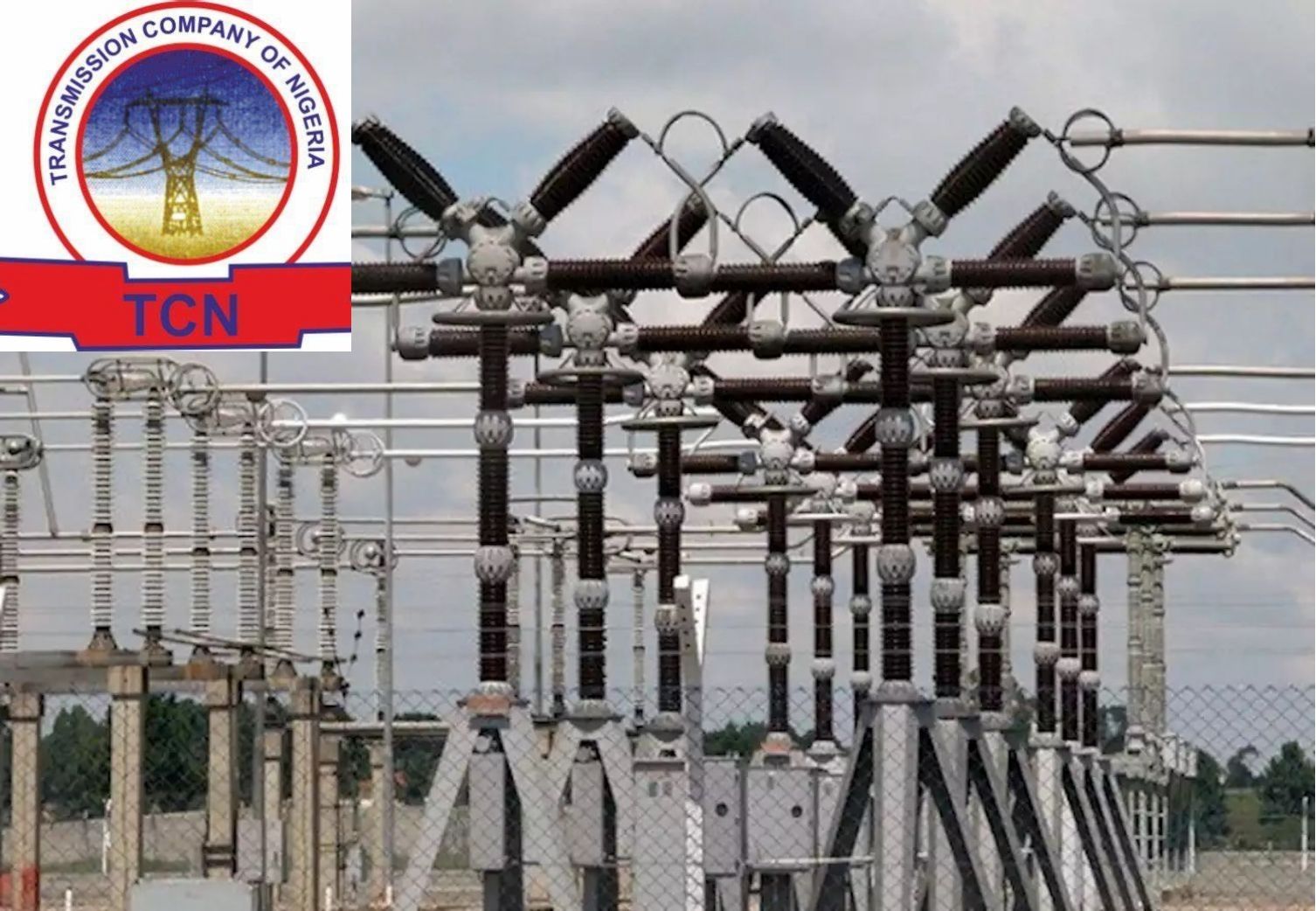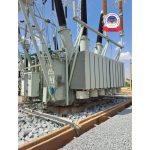Following the recurring cases of national grid collapse, the Transmission Company of Nigeria (TCN), has installed a Generation Dip/Loss Detection System (GLDS) for real-time monitoring of power grid performance.
GLDS was deployed to play a pivotal role in detecting and responding to sudden drops in power generation across the network in the country, said the TCN General Manager, Public Affairs, Ndidi Mbah in a statement released on Wednesday, 17 April.
Join our WhatsApp ChannelThe country has recorded not less than three cases of grid collapses in 2024 including the latest one that happened on Monday. It collapsed about 10 times between 2022 and 2023, causing nationwide power outages each time it occurred.
Mbah said the GLDS is a digital solution designed to empower the National Control Center (NCC) in Osogbo, for efficient management as it “provides advanced tools for real-time monitoring and analysis of grid performance.”
The TCN spokesperson explained that the GLDS has an interface that “allows for the setting of parameters, continuous monitoring of power generating stations, and comprehensive reporting functionalities, enabling swift responses to grid disturbances.”
Continuing, she said: “GLDS incorporates sophisticated data analytics and machine learning algorithms to analyze real-time data and identify patterns associated with sudden generation loss.
“By leveraging anomaly detection techniques, GLDS can promptly alert grid controllers on deviations from normal grid behaviour, facilitating proactive intervention to prevent widespread disruptions.”
READ ALSO:
- Nigeria Faces Sixth Grid Collapse Of 2024: System Instability With Recurrent Challenges
- Power: Gas Constraints Bite Harder As Nigeria Records First Grid Collapse In 2024
- Nigeria’s Power Struggles Persist As 46 Grid Collapses Recorded In 6 Years
Mbah further noted that TCN ensures seamless communication between GLDS and loT (Internet of Things) cloud servers, to facilitate a more rapid response and coordination of mitigation strategies.
“This connectivity underscores TCN’s commitment to enhancing grid resilience and ensuring the uninterrupted delivery of electricity to consumers across Nigeria,” she stated.
Mbah stated that before the GLDS was installed, TCN engineers had developed an in-house design that leverages loT technology to tackle the challenge of monitoring power generators in the transmission network. She said the loT devices, which were strategically deployed across power stations and some substations, facilitate the collection of near real-time data, including power generation levels and grid performance metrics.
“The loT enabled the expansion of visibility of power generating stations from six to 27, this has helped TCN significantly improve its ability to monitor grid load and identify potential issues before they escalate.”
She also remarked that the GLDS and the loT “represent a significant step forward in bolstering grid stability and reliability. These initiatives not only empower TCN’s grid controllers with the insights needed to proactively address challenges and minimize disruptions but also demonstrate TCN’s dedication to meeting the evolving demands of the Nigerian Electricity Supply Industry (NESI).”
Victor Ezeja is a passionate journalist with seven years of experience writing on economy, politics and energy. He holds a Master's degree in Mass Communication.


















Follow Us